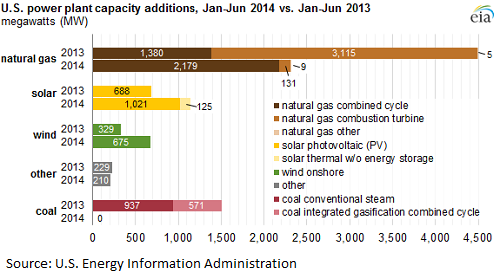During the cellulosic ethanol celebration event at Quad County Corn Processors ethanol plant in Galva, Iowa yesterday, Syngenta unveiled the new brand for the cellulosic ethanol technology: Cellerate™. Enhanced by Enogen® corn enzyme technology, Cellerate is a collaboration between Syngenta and Cellulosic Ethanol Technologies, LLC.
Cellerate is unique in that it is designed to increase an ethanol plant’s production by  allowing the corn kernel fiber to be converted into cellulosic ethanol. Ethanol plants can easily integrate Cellerate process technology into their existing production process. Cellerate, in conjunction with Enogen corn, will deliver notable benefits to ethanol plants beyond what can be achieved through either technology alone.
allowing the corn kernel fiber to be converted into cellulosic ethanol. Ethanol plants can easily integrate Cellerate process technology into their existing production process. Cellerate, in conjunction with Enogen corn, will deliver notable benefits to ethanol plants beyond what can be achieved through either technology alone.
“The combination of Cellerate and Enogen represents the next leap forward in ethanol production,” said Jack Bernens, head of marketing and stakeholder relations for Enogen corn enzyme technology at Syngenta. “Ethanol is helping America reduce its dependence on foreign oil, lower prices at the pump, improve the environment with lower emissions, and grow the economy with jobs that can’t be outsourced. Together, these technologies will make ethanol more sustainable.”
In July 2014, collaboration between Syngenta and Cellulosic Ethanol Technologies, LLC, a wholly owned subsidiary of Quad County Corn Processors (QCCP), produced the first commercial-scale cellulosic ethanol in Iowa.
“The synergy of Cellerate and Enogen will decrease natural gas usage and increase ethanol throughput, while reducing a plant’s carbon footprint,” said Delayne Johnson, chief executive officer of QCCP. “These advantages, combined with higher protein DDGs and increased corn oil production, make the technology package appealing for ethanol plants looking to improve their bottom line.”











